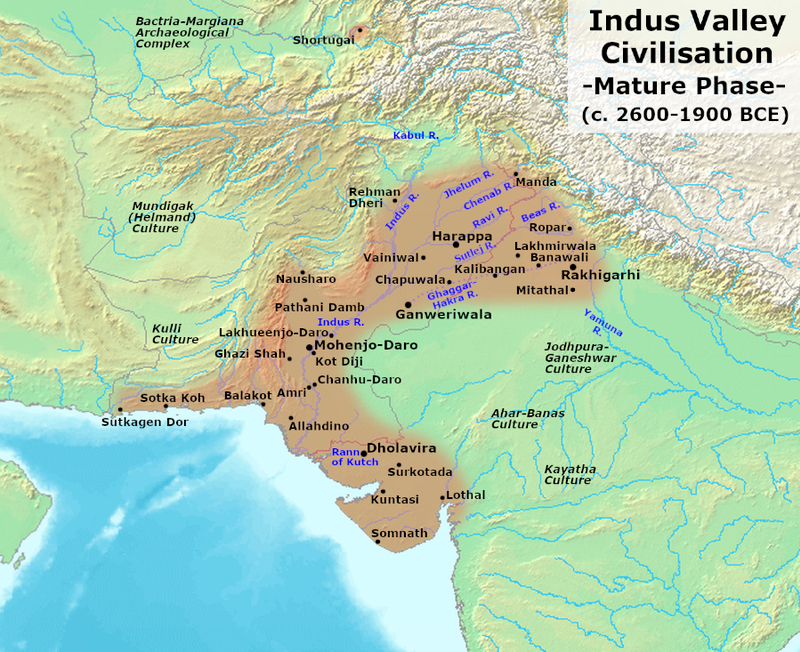Why in the News?
It has been 100 years since the discovery of the Harappan Civilization, announced by John Marshall on September 20, 1924.
Harappa: Remains of a Civilization
The Discoverers:
|
About the Mohenjo-daro Site:
- Mohenjo-daro is one of the largest cities of the Harappan Civilization, located in the Sindh province of Pakistan, discovered in 1922 by Rakhal Das Banerji.
- The city represents one of the finest examples of ancient urban planning:
- Great Bath: A large, centrally located structure thought to be used for ritual bathing or religious ceremonies. It is considered one of the earliest public water tanks in history.
- Granaries: Massive storage facilities near the citadel suggest an organized system of storing food for the community.
- Citadel and Lower Town: The city was divided into a raised citadel for the ruling elite and a lower town for common people. Both areas had well-planned streets and residential complexes.
- Drainage Systems: Mohenjo-daro featured covered drainage systems with individual toilets connected to the drainage network, showcasing an impressive public sanitation system.
- Residential Buildings: Homes were built from uniform mud bricks, with courtyards and bathrooms, and were often multi-storied. The use of standardised brick sizes (ratio 1:2:4) and cubic weights showed their high degree of organisation.
- Artefacts found at Mohenjo-daro include:
- Seals with animal motifs and the un-deciphered Harappan script, believed to have been used for administrative or trade purposes.
- Pottery and tools made of bronze and copper.
- Terracotta figurines, jewellery, and toys that reflect a highly developed artistic culture.
- Weights and measures based on a uniform standard, indicating the use of a standardized economic system.
- The city’s streets were aligned north-south and east-west, cutting at right angles, allowing for efficient transportation, including bullock carts.
- Mohenjo-daro is believed to have had trade links with Mesopotamia, as suggested by artefacts with Mesopotamian connections.
PYQ:[2013] Which of the following characterizes/characterize the people of Indus Valley Civilization? 1. They possessed great palaces and temples. 2. They worshipped both male and female deities. 3. They employed horse-drawn chariots in warfare. Select the correct statement/statements using the codes given below. (a) 1 and 2 only (b) 2 only (c) 1, 2 and 3 (d) None of the statements given above is correct |


